


Prescribed burning is an important tool for managing diverse landscapes to meet site goals. To establish or update a comprehensive burn program, a land stewardship organization must respectfully acknowledge and incorporate the long and complex Indigenous history associated with fire, build successful partnerships and community engagement, and employ best available fire science in planning prescribed burns. Gathering and applying all of the relevant information, processes, and protocols can be a major challenge, especially for organizations with limited resources and capacity. Working with the Southeast Michigan Land Conservancy (SMLC), we address these needs for a broader audience of southern Michigan land stewards. Specifically, we synthesized a variety of sources and perspectives to provide:
1) A deep understanding not just of fire history in Southern Michigan, but also of the culture, rights, knowledges, and histories of the Anishinaabeg in order to build respectful and informed fire reintroduction partnerships
2) Guidance and recommendations to engage, communicate, and build trust with a variety of stakeholders, partners, rights holders, and the public
3) Materials and recommendations to develop an effective and informed Burn Plan, best available information on invasive species, and approaches to increase pyrodiversity
Together, these resources can increase the capacity of any entity to improve or develop its burn program.
Allegra Baird, Foster Woodruff, Vincent Salgado, Anna McAtee
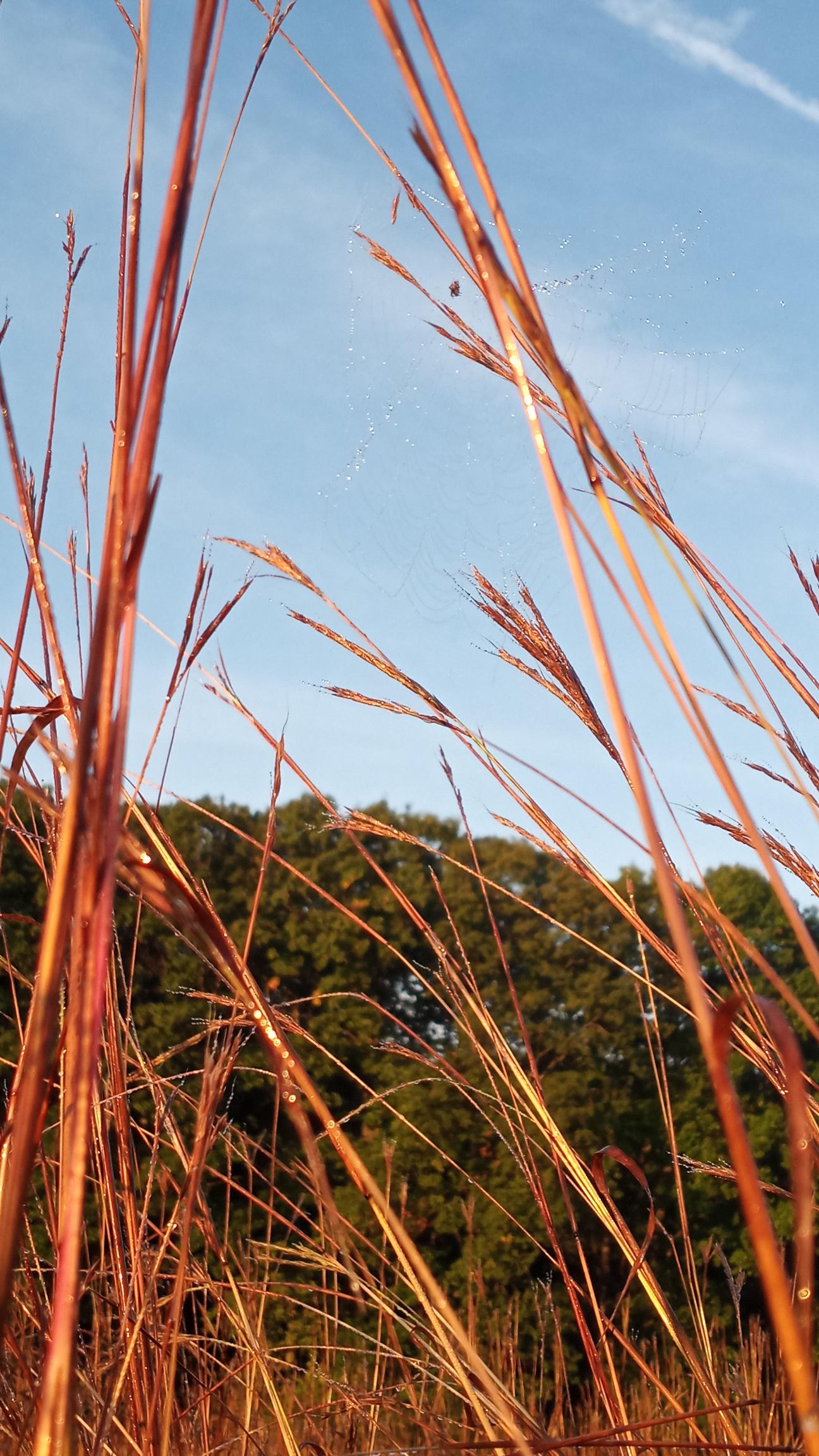
Our review of Tribal history and diversity in Michigan has informed the creation of a variety of resources and tools that can be used by fire practitioners seeking to collaborate with local Indigenous communities and incorporate more inclusive fire history into their practice. Two powerful tools crafted by our team include an infographic on the history of Indigenous fire use and a shkodé (fire) practice acknowledgment. Practical resources our team developed include a Tribal outreach and Traditional Knowledges summary sheet; an evolving history document for Tribal-Colonial relations; an annotated bibliography for Tribal outreach guidance; and a Clan diversity chart.
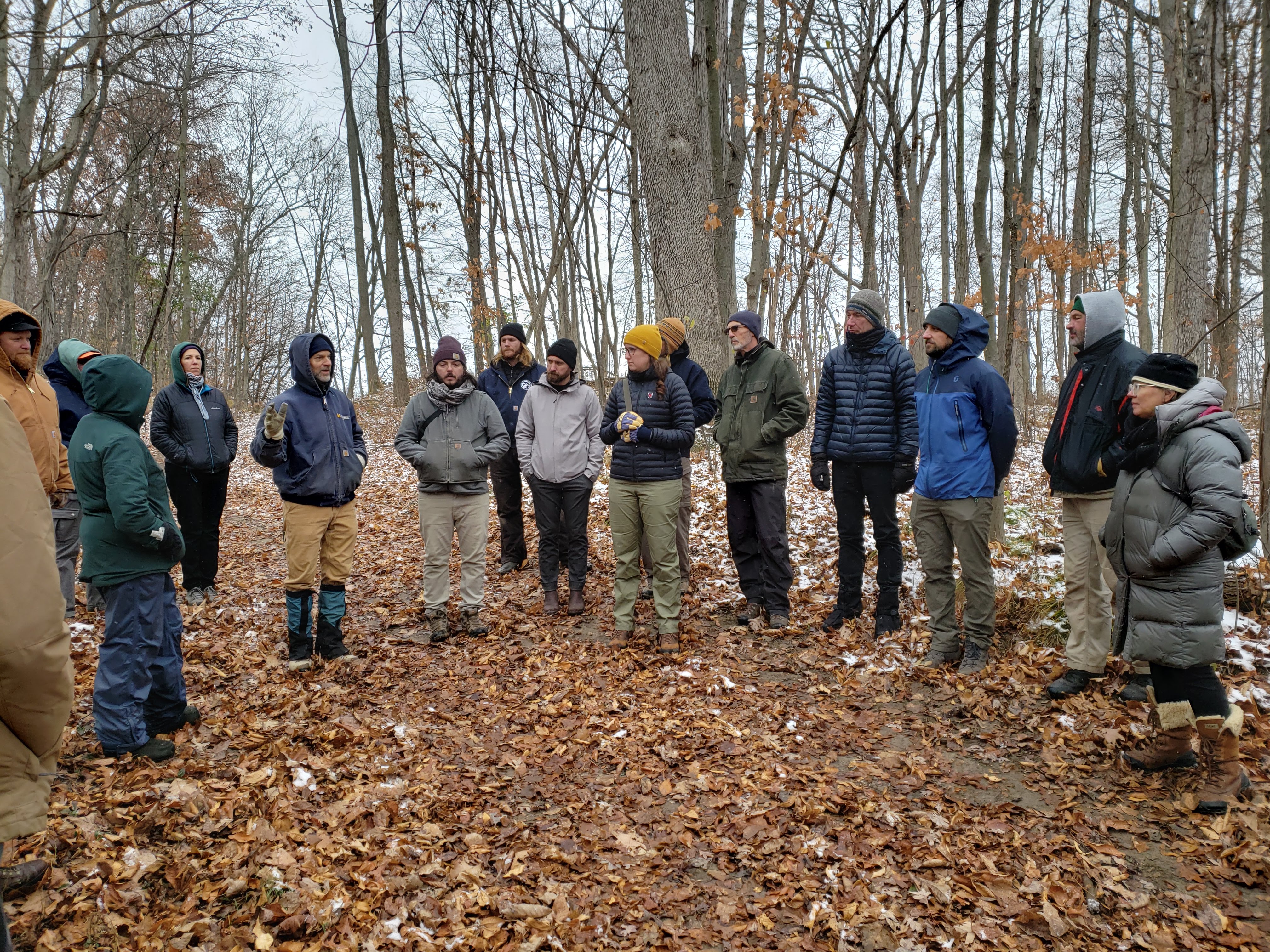
Our review of essential communication and engagement considerations has guided the creation of unique tools for planning and implementing a prescribed fire communication plan. To expand outreach efforts and increase public support for burning, our team has created a prescribed fire educational StoryMap. To aid fire practitioners in the development of a robust communication plan, we provide adaptable frameworks for organizational trust-building, checklists for notification and communication planning, and a guidance chart on communication and engagement strategies.
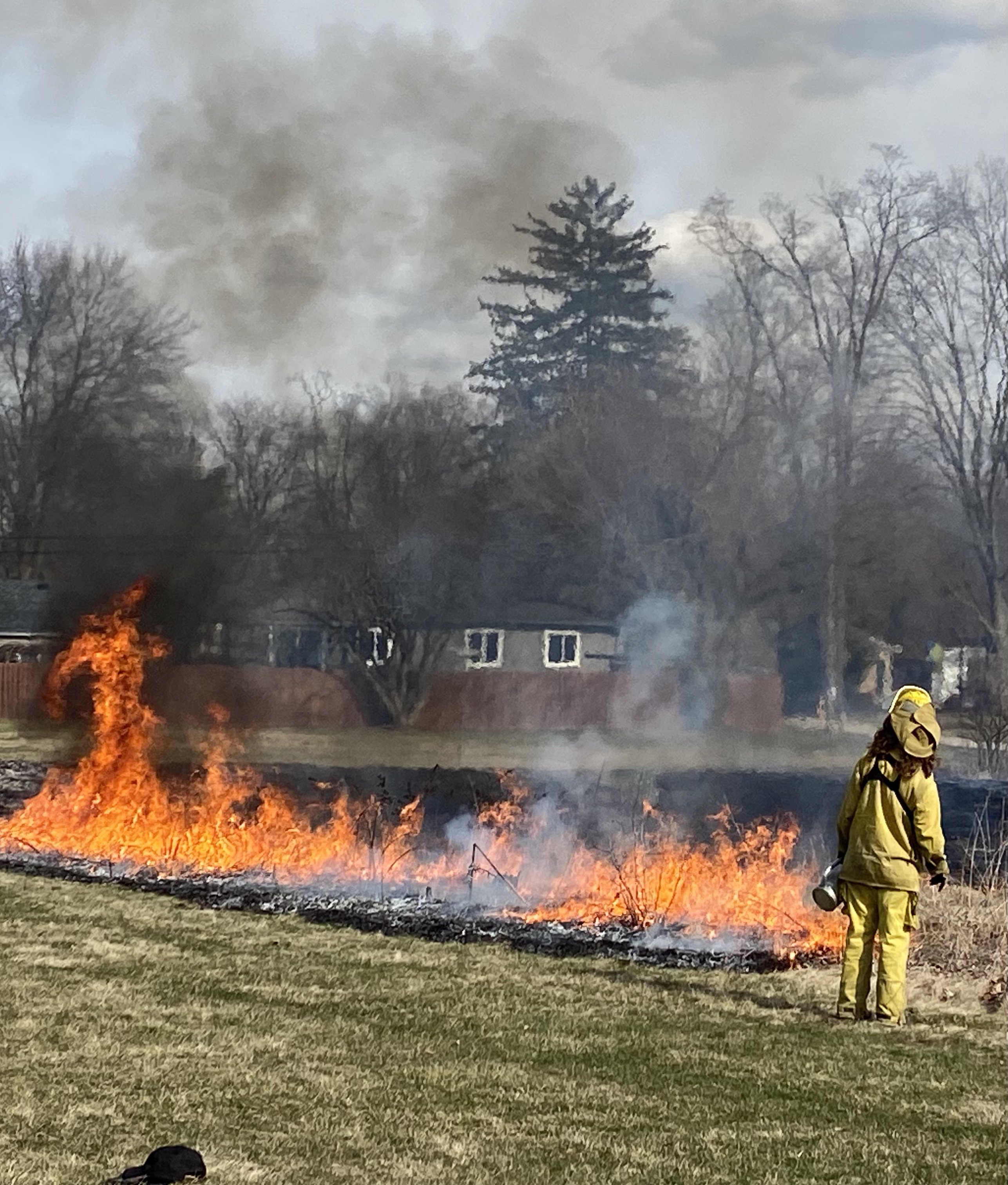
Our review of the best available fire science has driven the creation of accessible and innovative planning tools that fire practitioners pursuing adaptive management can utilize. The species of concern chart provides land managers key considerations for how to achieve pyrodiversity with specific wildlife species in mind. The customizable burn plan template incorporates up-to-date research on incorporating pyrodiversity and burning with animal Species of Concern present. Both of these products will support organizations seeking to transition from ad-hoc burning to a prescribed burn program.
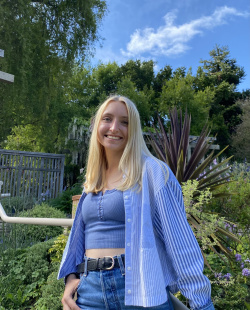
Allegra is a graduating Master's student at the School for Environment and Sustainability specializing in Ecosystem Science and Management.
Prior to SEAS, Allegra obtained her BS from the University of Michigan in Earth and Environmental Sciences and Ecology and Evolutionary Biology. This project, along with taking part in other USGS research relating to wildfires has piqued her interest to join the interdisciplinary efforts towards building community resiliency in the face of climate change threats through enhanced stewardship and relationality with the natural world.
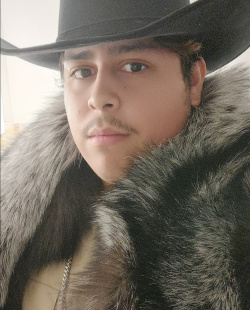
Vincent is a graduating Master’s student attending University of Michigan’s School for Environment and Sustainability, and is specializing in three tracks: Ecosystem Science and Management, Environmental Justice, and Behavior, Education, and Communication.
Vince graduated from University of Michigan’s School of Literature, Science, and the Arts with a B.S. in Environmental Studies with a specialization in Land and Resource Management. Throughout his career, he hopes to assist government agencies in promoting environmental justice, inclusion, and equity with Indigenous Tribes and local communities in the conservation field.
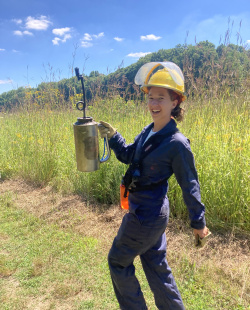
Anna is a second-year Master’s student at the University of Michigan’s School for Environment and Sustainability studying Ecosystem Science and Management.
Before SEAS, Anna graduated from Regis University in Colorado with a B.S. in Environmental Science & Biology. After graduation, she will be working at the Missouri Botanical Garden as a Sustainability Programs Coordinator.
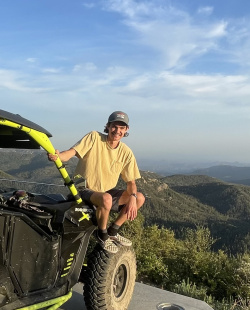
Foster is graduating with a Master’s of Landscape Architecture from the University of Michigan.
He previously graduated from Andrews University, located in Southwest Michigan, with a B.S. in Horticulture, a concentration in Environmental and Landscape Design, and a minor in Photography. Over the past six years, he has worked with a variety of landscape architecture firms across the country, gathering exposure to large-scale commercial projects and high-end residential design. For Foster, value is found in creating spaces which satisfy functional requirements, while upholding an aesthetic that evokes emotional responses to the sense of a place.

